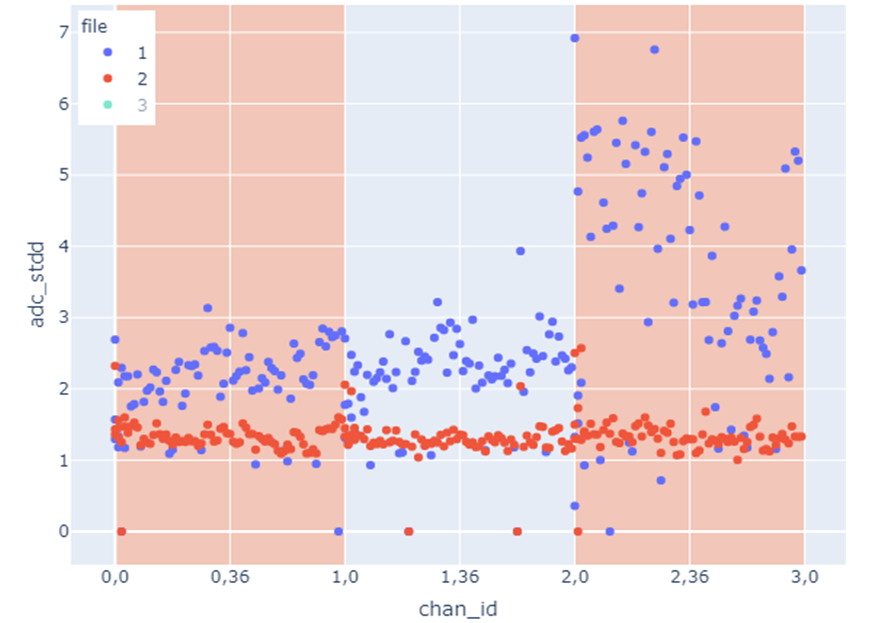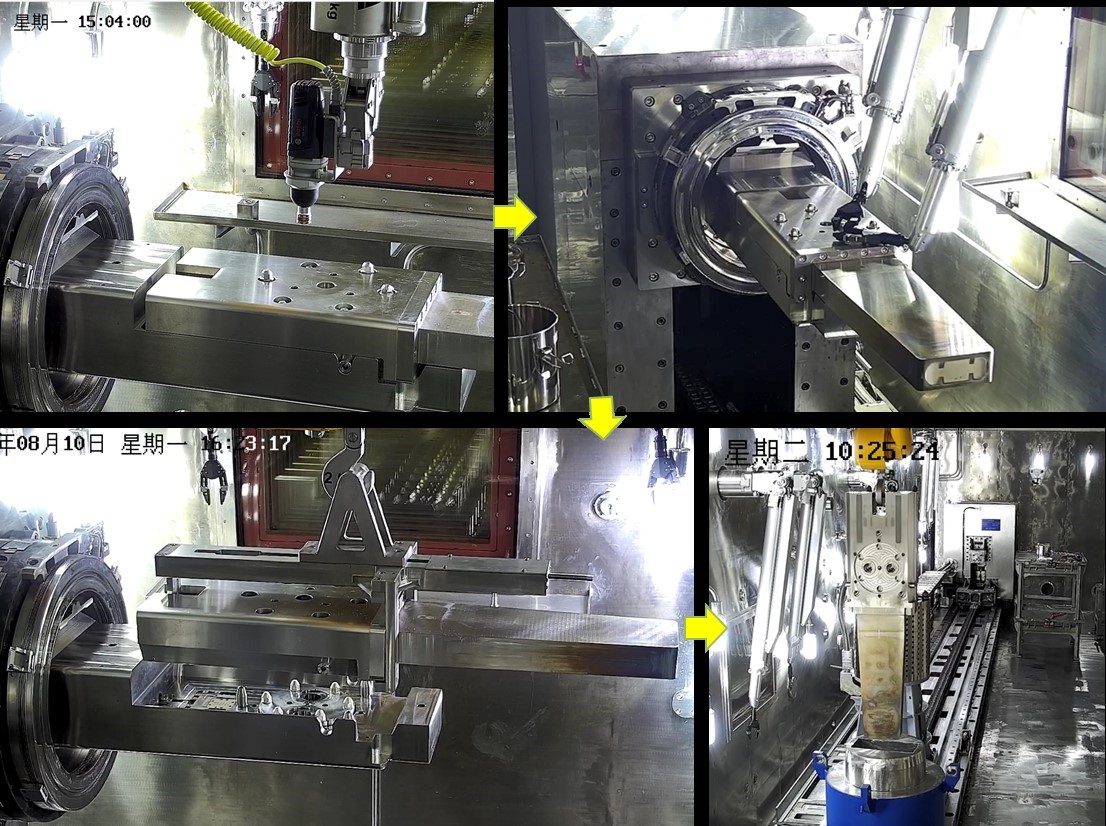First CSNS Research Proposals Released
The China Spallation Neutron Source (CSNS) announced its first batch of research proposals in Dongguan on December 14th, 2017. The proposals reflect the research needs in several cutting-edge, cross-disciplinary research fields.
The proposed experiments at CSNS will allow scientists to have a closer look at the inner structure of materials including lithium-ion battery materials, photovoltaic materials, thermoelectric materials, polymer-based nanocomposites, and super-strong steel, magnesium, and aluminum alloys.
Prof. Wang Yifang, Director of the Institute of High Energy Physics said: “We have witnessed the construction of the China Spallation Neutron Source for more than a decade. We are excited to see that the facility will soon start operation and play an important role in materials science, new energy, chemical engineering, soft matter and life sciences in the near future.”
Following its first neutron beam in late August, CSNS completed the first round of joint commissioning of the accelerator and target station spectrometer in early November. During the joint commissioning, the average power of the target beam reached 10kW, which met the design specifications. The next goal is the national acceptance test, scheduled in March next year.
The main principle of the facility is to generate neutrons by accelerating protons which then hit a tungsten target. Because neutrons are uncharged, they can penetrate materials more easily than other probing methods and thus they can help reveal the microstructure and kinetic characteristics of the material.
Since the construction of spallation neutron sources is very difficult, only the United Kingdom, the United States and Japan already have such a facility. CSNS is the first spallation neutron source in a developing country, with over 96% of the equipment produced domestically.
CSNS is designed to host twenty spectrometers. However, due to a funding shortage, only three spectrometers have been built so far - the Small Angle Neutron Scattering instrument, the Multiple Purpose Reflectometer and the General Purpose Powder Diffractometer.
“In the first phase, the number of spectrometers is too small to carry out research on high-precision measurements and kinetics, neutron physics and neutron technology. This is not only a serious waste of neutron beam resources, but also means the facility does not yet meet the need for high-performance neutron spectrometers in the domestic neutron scattering research and applied science fields,” Prof. Chen Hesheng, CSNS project manager and Academician of the Chinese Academy of Sciences, commented, “therefore, currently, we need to launch the second phase of construction at CSNS, which means adding more spectrometers is now a top priority for CSNS”.
On the same day, the management of CSNS also announced plans for joint construction of thirteen spectrometers with the Hong Kong University of Science and Technology, Southern University of Science and Technology, and Sun Yat-Sen University, etc. It is hoped to boost the construction of national science and technology industry innovation centers in the Guangdong-Hong Kong-Macao Greater Bay Area, and promote technological innovation and industrial restructuring and upgrading in Guangdong province.
Contact Information
Mr.Guo Lijun
ljguo@ihep.ac.cn

